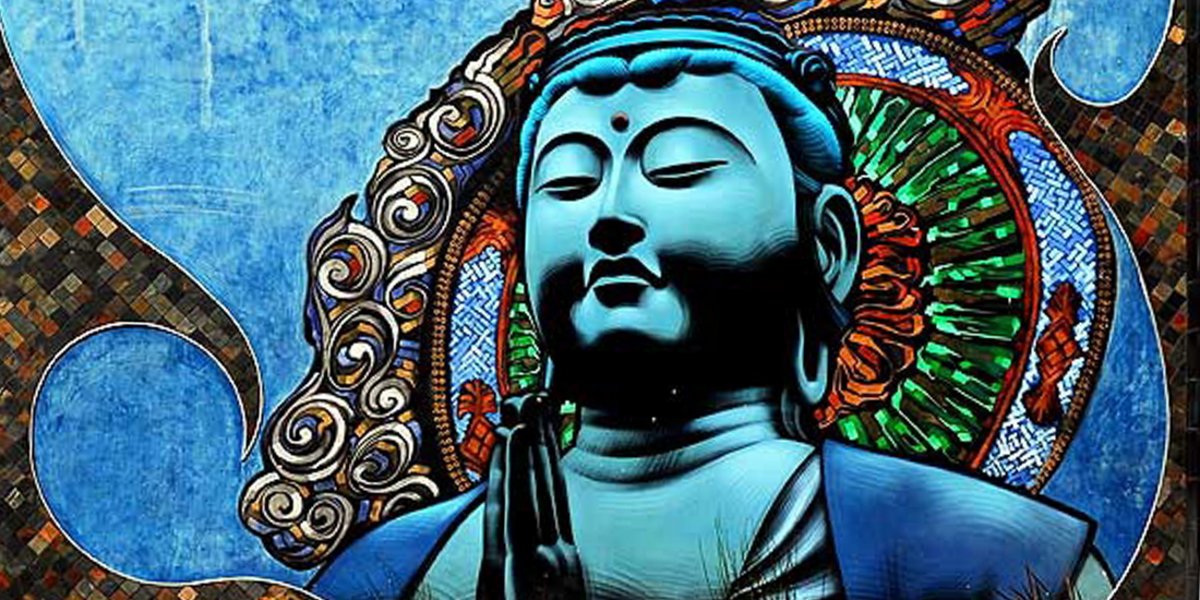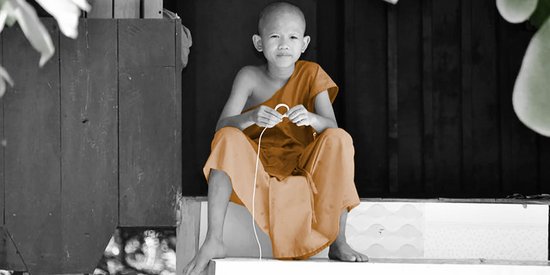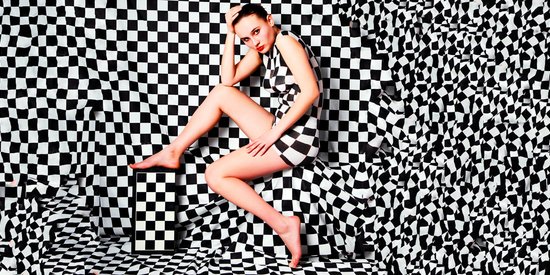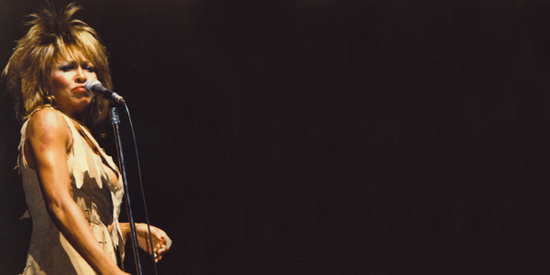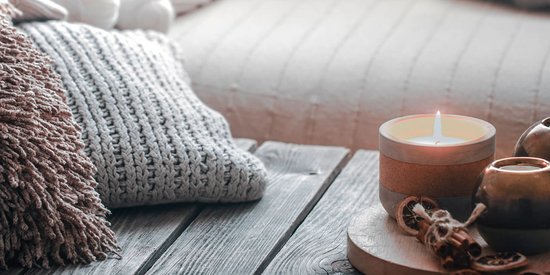The Buddha statue is one of the essential objects for your interior. It will bring you relaxation and serenity, the zen spirit you are looking for.
It is the symbol of the search for peace.
The story of Buddha:
Siddharta Gautama "Buddha" was an Indian sage (5th century BCE), and the origin of Buddhism was born near the city of Kapilavastu which is now in Nepal. His mother died shortly after his birth, and he was raised like a prince by his aunt. He very quickly displayed a taste for meditation and for reflection. At the request of his father, he married young, with Princess Yasodhara, with whom he had one child; Rahula.
When he was 29, he met an old man, a sick man and a corpse; he realized that suffering reigns over humanity. He then decided to leave his family to go in search of the truth. He became a beggar and followed the teaching of Brahmin masters. He settled near Gaya, with a few disciples, and led a very strict life, but this did not lead anywhere..
It was after having resumed a more normal life at the age of 35, that he reached Awakening, seated under the "Tree of Illumination" (the pipal or fig tree), following a meditation that lasted 49 days.
Buddha thus reached higher and higher levels of consciousness, and ended up obtaining the Four Noble Truths and the Eightfold Path.
Buddha then became a teacher. He died at age 84.
During the last eight years of his life, he transmitted his teaching about the eternity of life, the infinite aspects of the universe, the absolute equality between men and women and the true nature of wisdom.
The major teachings from Buddha were written between the 1st century BCE and the 2nd century AD; these are the Lotus Sutra (Wonderful Law Sutra), the Heart Sutra, the Blessed Sutra, and the Diamond Sutra.
Buddha thus means "awakened" to the truth; Siddharta means "goal achieved".
The four attitudes of Buddha:
One day Buddha was called to prove the truth of his teaching. To this end, he performed a number of miracles, during which he managed to create and multiply his own image, appearing in four different positions: standing, walking, sitting and lying.The positions of Buddha reproduced in the sculptures are representative of his evolution.
Sitting buddha
Sitting cross-legged, with his hands clasped on his knees, Buddha engages in meditation. This representation evokes the so-called lotus position, which Buddha assumed under the tree of awakening, before he reached enlightenment. It is one of the most recurrent images in Buddhist iconography, no doubt because of the feeling of peace and tranquility it diffuses.
Walking buddha
The representation of a Buddha whose whole body is in motion appears mainly in Thailand, while most of the Asian countries are content to suggest that he is walking, through the position of the head. It evokes the early days of Buddhism, when faith was accompanied by long journeys, thus illustrating the importance that Buddhism gives to the beggar-monk.
Reclining Buddha
The depiction of the reclining Buddha evokes the last moments of Buddha’s life. Lying on his right side, at the foot of a grove, he enters Nirvana. Delivered forever from the cycle of rebirths, it reveals an astonishing serenity, symbol of this indefinable state which he has just reached.
Buddha holding his alms bowl
The Buddha lived on alms until his death. In Buddha's time, begging was not an act that was accepted by everyone. Buddha would have created a Buddhist movement by designating bhiksu monks "those who ask for alms". From 531 to 486 BCE, a community of Buddhist monks was formed, called "the Sangha". These Buddhist monks lived from begging.
The transmission of Buddhism to the Chinese people gave rise to another representation: the laughing Buddha.
The Laughing Buddha
The laughing Buddha is generally a symbol of happiness, luck and fulfillment.
Used according to feng shui or simply as an object of decoration, this friendly laughing Buddha will bring happiness and prosperity to your home.
Most Chinese households have a laughing Buddha. It brings its own qualities to your interior (health, happiness, prosperity and longevity). Some feng shui experts use it to bring inner peace and to calm disputes. Others use it to promote health or pray to him as a God of wealth to attract money and prosperity to their homes, as well as successful business in the office or in shops or to spread more peace, joy, love and harmony.
Depending on where you place it in your home, the Laughing Buddha is a great a symbol of well-being or prosperity.
Health:
- In your hallway, the Laughing Buddha welcomes in health, longevity and abundance.
- In the dining room, it makes all your meals beneficial to your health.
- In the east or in the center of your home, it protects the health of your whole family.
- At the bedside of a sick person, the laughing Buddha can contribute to their recovery.
Money:
- In your entrance, the laughing Buddha welcomes abundance and prosperity.
- In the south-east or in the center of your home, it attracts prosperity for your whole family.


